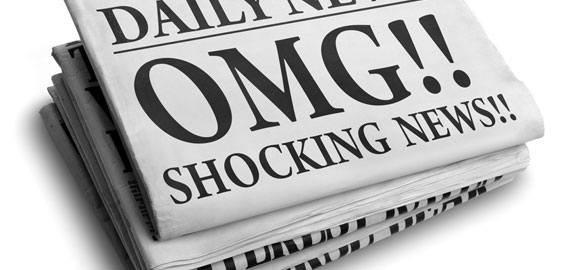How Article Headlines Attract and Mislead Readers
I have written in the past about the importance of headlines for articles or blog posts because they influence whether someone will go beyond the headline to read the full piece.
In 2014, in a perceptive article in The New Yorker, psychologist and writer Maria Konnikova said,
A headline changes the way people read an article and the way they remember it. The headline frames the rest of the experience. A headline can tell you what kind of article you’re about to read . . . and it sets the tone for what follows. Psychologists have long known that first impressions really do matter — what we see, hear, feel, or experience in our first encounter with something colors how we process the rest of it. Articles are no exception.
Journalists know headlines are intended to serve several purposes. They help the reader decide quickly whether she is interested enough in the story to read it. They deliver a message for people who may not have time to read the full story. They grab readers’ attention so that people are drawn in to the article. And they do that in just a few words because there is a limited amount of space available. We have all heard of “headlinese,” in which short, punchy words both capture readers’ interest and satisfy space constraints. Journalists also know that headlines are rarely written by the reporter who wrote the article but are written by editors or copy editors who review the article.
The problem is that these qualities of catchiness and brevity can come at the expense of nuance and meaning. For example, I frequently read articles about attorneys or practice groups who move from one firm to another. The headlines often use words like “snags,” “grabs,” or “nabs.” These are punchy words and they make eye-grabbing headlines, but I think they are better suited for accounts of the NFL draft than for news of the legal community.
I believe these words are overused and have become a cliché. Secondly, they dramatically oversimplify what is always a complicated story about why a lawyer or a group switched firms. As Konnikova pointed out, these headlines set the tone of the article and influence the way the reader experiences the article. It create the impression that a firm whose attorneys have been “snagged” or “grabbed” by another firm must be in dire straits when that almost always isn’t true.
These headlines can complicate my life as a PR person. I am often asked to explain that an article like this, with a punchy headline, doesn’t mean that a firm, or their firm, is on the ropes. Can the headline writers please snag, grab, or nab a different set of verbs?





